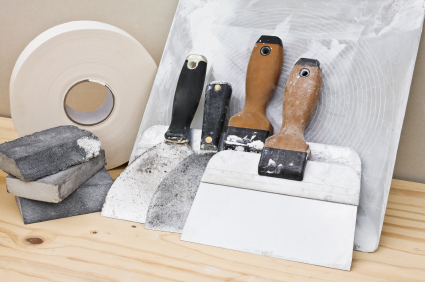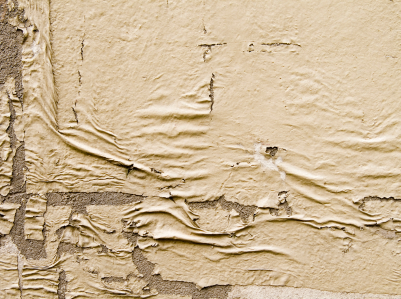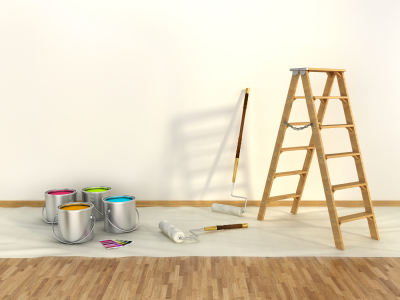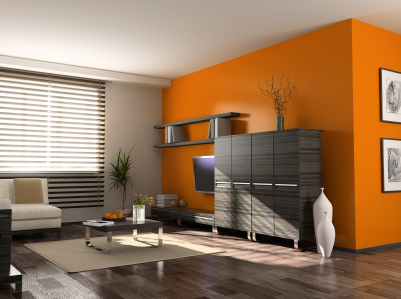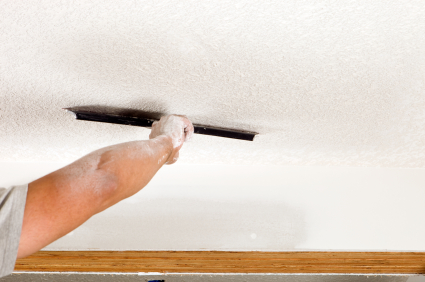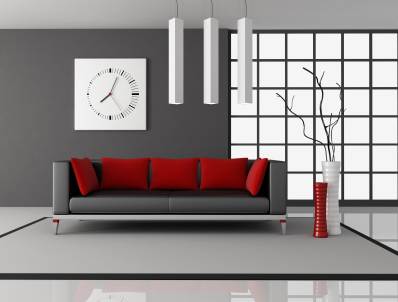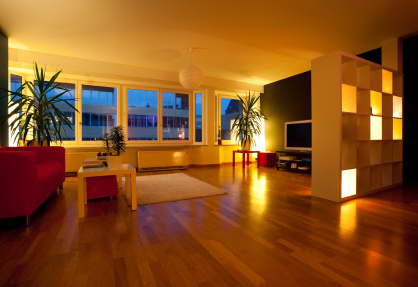Drywall is used to make the walls and ceilings on the interior of a house. Drywall is a panel made out of gypsum plaster and is pressed between two thick sheets of paper. Drywalling can be a complicated process, which is why many people opt to hire professionals instead of doing it by themselves. However, if you do plan on drywalling by yourself, there is quite an extensive list of tools to gather before you get started. Below are the basic tools you will need, separated by tool type.
What tools do you need for drywall? Check out the list below:
Cutting Tools
– Basic utility knife to cut the sheets
– Extra blades because drywall dulls the blades quickly
– Drywall T Square for making square cuts
– Drywall saw for going around obstacles
– Keyhold saw for cutting around electrical boxes
– Circle cutter for round cuts
Drywall Lifts
– Drywall lift to load a sheet onto and crank it to the ceiling. This rig holds the sheet in place while you nail it to the joists.
Fastening Tools
– Drywall Hammer
– Drywall Screws
– Screw Gun
Finishing Tools
– Taping Knives
– Mud Pan
– Pole Sander
– Sanding Pad
– Sprayer for applying texture to the ceiling
Miscellaneous
– Tape measure
– Compass for drawing circles in the drywall to accomodate light fixtures
– Dust mask
– Pencil
Continuing Problems
If you continue to have problems dry walling you should seek professional help. Use TalkLocal to be put in contact with reliable construction businesses. You don’t have to do any work! Simply input your problem and availability and within minutes your should be connected to someone who can help you out.

